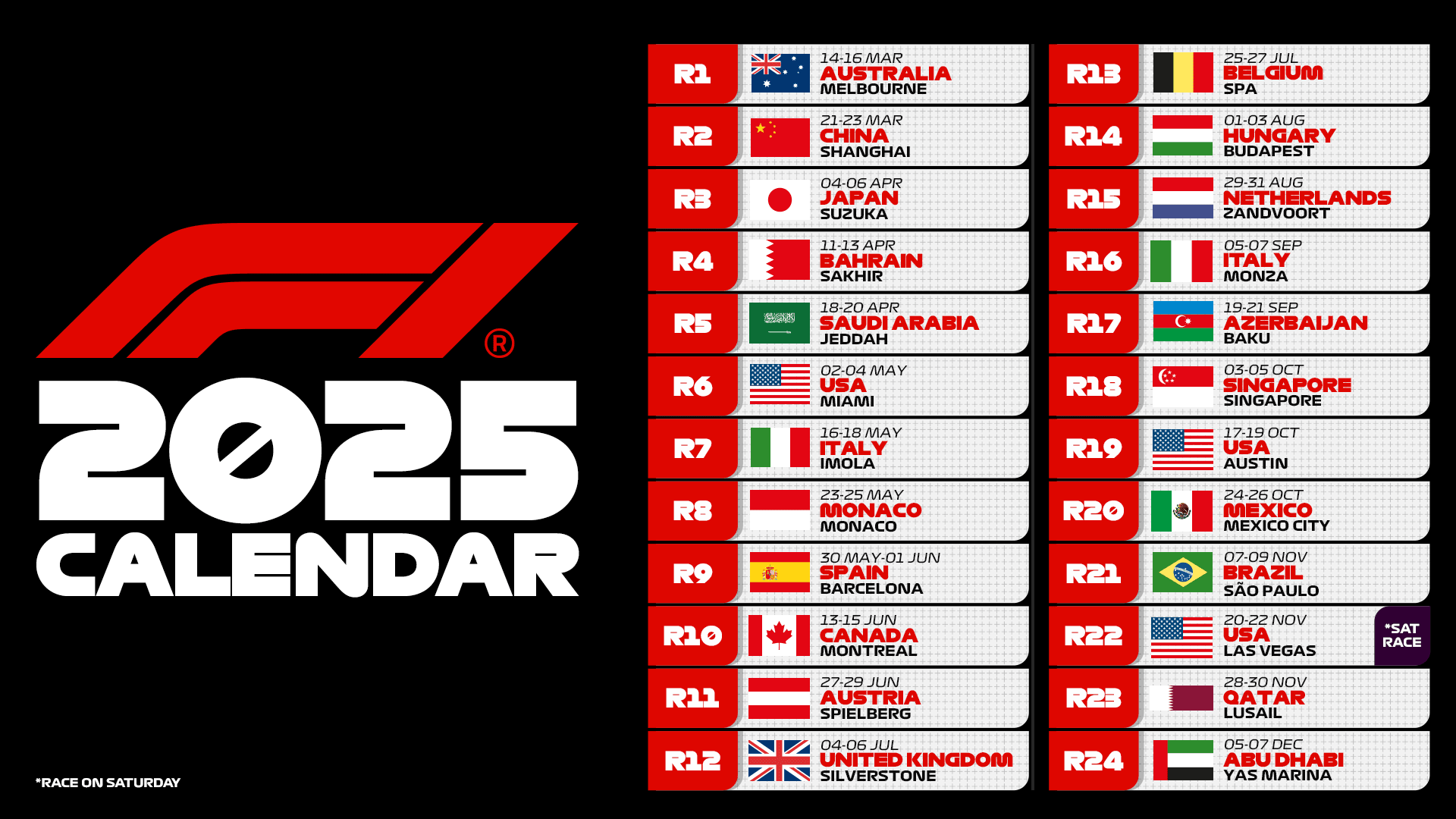Charles Leclerc fell victim to an incident caused by Alexander Albon in the first free practice session for the Mexico City GP last weekend: the Williams car hit the SF-24 assigned to Ferrari Driver Academy member Ollie Bearman within minutes, leaving the Monegasque without the necessary data to fine-tune his Ferrari at a race heavily affected by the thin air at 2,240 meters on the Mexican plateau.
The first hour was dedicated by the Maranello team to evaluating some important aspects, such as the distribution of hybrid energy over a lap, power unit cooling, brake cooling, and turbo optimization, subjected to unusual and repeated strain. These may seem like details from the outside, but when it comes to fine-tuning on an atypical circuit, every small element impacts the result. Add to this the fact that the second free practice session for the Mexican Grand Prix was conditioned by a mandatory Pirelli tire test for the 2025 prototype, and it is clear that Charles Leclerc faced setups that did not add up at the 4.304-kilometre Autodromo Hermanos Rodriguez in Mexico City.
Moreover, Charles Leclerc does not favor cars with an understeering tendency, preferring to brake almost up to the apex with a rear end that helps with cornering. Mexico City, however, is a track that, due to its characteristics, favors a driving style suited to handling understeer, with Carlos Sainz clearly demonstrating this. The Spaniard took pole position and won the race with undisputed superiority.
It is part of the game, but there is some regret that, perhaps, the Monegasque could have completed a one-two finish for the Italian side in Mexico City, replicating the success in the United States Grand Prix at the Circuit of the Americas in Austin where he took the victory. All of this to say that Ferrari is expressing its maximum technical potential, competing on par with McLaren, which is rightly considered the universal car adaptable to any track.
The events on the American continent are not yet over: the Formula 1 calendar presents us with a triple-header and the Brazilian Grand Prix is scheduled to take place next weekend. Interlagos is another high-altitude venue, although São Paulo’s 700 meters is hardly comparable to Mexico’s 2,240 meters (with a 17% air density reduction compared to 30% last Sunday). Max Verstappen will have to resort to his fifth engine to complete the 2024 Formula 1 championship, while Ferrari has not, at least for now, planned any replacements in terms of power unit components, even though the internal combustion engine endures severe strain with 70% of the lap at full throttle.
In Brazil, Ferrari aims to continue its positive streak, which has brought it to just 29 points behind McLaren, who leads the Constructors’ Championship. Simulations for Interlagos conducted back home in Maranello suggest that the track should be favorable for the SF-24 single-seater, which, thanks to the more flexible wing introduced in Austin, seems to have achieved enviable balance.
At the Interlagos circuit, we will see a car without major technical upgrades, as the final ones are likely to appear in Qatar, but with adjustments to the red car suited to a track requiring medium aerodynamic load.
Show your support for Scuderia Ferrari with official merchandise collection! Click here to enter the F1 online Store and shop securely! And also get your F1 tickets for every race with VIP hospitality and unparalleled insider access. Click here for the best offers to support Charles and Lewis from the track!
The Italian side has found good race balance, despite the fact that they need to seek better performance from the soft compound tires in the qualifying session (with Pirelli opting for the C2, C3, and C4 compounds at São Paulo). And here lie Ferrari’s doubts: the Brazilian circuit has undergone resurfacing work.
In a weekend featuring the Sprint Race format, the single free practice session will be crucial for understanding the characteristics of the new surface with unknown grip. The Maranello team usually completes its homework well, and in races with the Sprint format, the Ferrari engineers and technicians manage to put a well-prepared car on track. However, at Interlagos, it will be essential not to lose a minute on track to adapt their parameters to the new track surface.
It is therefore worth pointing out that this unknown factor could ruin all simulations along with temperature changes. The SF-24 car prefers warmer conditions, while the weather forecast, which is highly changeable in this area, could quickly alter scenarios, as rain is forecasted for Sunday’s race.
— see video above —













.png)

Leave a Reply